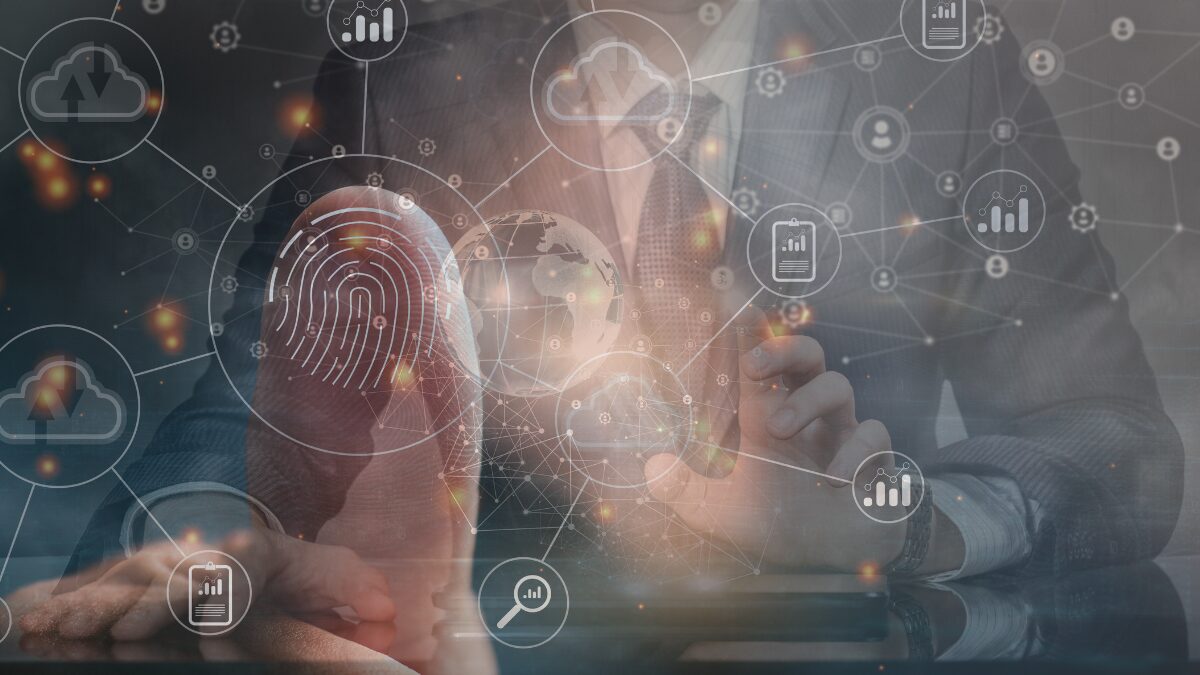As a crucial technology for company operations, the idea of digital twins has been growing in popularity in the last several years. An item, system, or process can have its physical characteristics mirrored in a digital twin, which allows for optimization, modeling, and real-time monitoring. Digital twins in Business are discussed in this article along with their importance, uses, advantages, and the possibility that they can revolutionize company processes.
Key Takeaways:
- Digital twins are virtual replicas of physical entities that provide real-time monitoring, simulation, and optimization.
- Applications of digital twins span across manufacturing, supply chain management, facility management, product development, and healthcare.
- Benefits of digital twins include enhanced decision-making, cost reduction, improved productivity, and risk management.
- Challenges include data security, integration with existing systems, high initial costs, and the necessity of high-quality data.
What is a Digital Twin?
A digital twin is a sophisticated virtual model that mirrors a physical counterpart in real time. It leverages data from sensors embedded in physical assets to provide a comprehensive digital representation. This digital counterpart evolves with its physical counterpart, reflecting changes, performance metrics, and other critical data points.
Components of a Digital Twin
Physical Entity: The real-world object, system, or process being replicated.
Digital Model: The virtual representation created using advanced modeling techniques.
Data Connection: Sensors and IoT devices that gather real-time data from the physical entity.
Analytics Engine: Software tools and algorithms that process and analyze the data.
User Interface: Platforms that present insights and simulations to users for decision-making.
Applications of Digital Twins in Business Operations
Manufacturing:
Predictive Maintenance: Digital twins can predict equipment failures before they occur by analyzing real-time data, thus reducing downtime and maintenance costs.
Process Optimization: They help in optimizing manufacturing processes by simulating different scenarios and identifying the most efficient production paths.
Supply Chain Management:
Inventory Management: Digital twins can monitor inventory levels in real time, predicting shortages and optimizing stock levels.
Logistics: They enhance route planning and fleet management by simulating various logistical scenarios, leading to cost savings and improved delivery times.
Facility Management:
Energy Management: Digital twins can monitor and optimize energy consumption in buildings, leading to significant cost savings.
Space Utilization: They help in analyzing how space is used within facilities, optimizing layouts, and improving overall efficiency.
Product Development:
Prototyping and Testing: Digital twins enable virtual prototyping, reducing the need for physical prototypes and accelerating the development process.
Customer Experience: They allow businesses to simulate how products will perform in the real world, leading to better design and customer satisfaction.
Healthcare:
Patient Monitoring: Digital twins of patients can monitor health conditions in real time, predicting potential health issues and personalizing treatment plans.
Hospital Management: They optimize hospital operations by simulating patient flow and resource utilization.
Benefits of Digital Twins
Enhanced Decision-Making: Digital twins provide detailed insights into operations, enabling informed decision-making based on real-time data.
Cost Reduction: By predicting failures and optimizing processes, digital twins reduce operational costs and improve efficiency.
Improved Productivity: They streamline operations and reduce downtime, leading to higher productivity.
Risk Management: Digital twins help in identifying potential risks and mitigating them before they impact operations.
Innovation and Flexibility: They enable businesses to experiment with new ideas and processes in a virtual environment, fostering innovation and adaptability.
Challenges and Considerations
Data Security and Privacy: With the extensive use of data, ensuring its security and privacy is paramount.
Integration with Existing Systems: Integrating digital twins with legacy systems can be complex and require significant investment.
High Initial Costs: The implementation of digital twin technology can be costly, though the long-term benefits often justify the investment.
Data Quality: The effectiveness of digital twins relies on the quality and accuracy of the data collected.
Future of Digital Twins
The future of digital twins looks promising as technology continues to advance. The integration of AI and machine learning will further enhance the capabilities of digital twins, enabling even more precise predictions and optimizations. As IoT devices become more prevalent, the data available for creating digital twins will increase, leading to more comprehensive and accurate models.
FAQs
1: What is a digital twin?
A digital twin is a virtual model of a physical object, system, or process that mirrors its real-world counterpart in real time using data from embedded sensors.
2: How can digital twins benefit my business?
Digital twins can enhance decision-making, reduce operational costs, improve productivity, and manage risks by providing detailed, real-time insights into various business operations.
3: What are some common applications of digital twins in business?
Common applications include predictive maintenance in manufacturing, inventory management in supply chains, energy management in facilities, virtual prototyping in product development, and patient monitoring in healthcare.
4: What are the main challenges of implementing digital twin technology?
The main challenges include ensuring data security and privacy, integrating with existing legacy systems, managing high initial implementation costs, and maintaining high-quality data for accurate modeling.
Final Words
Business operations are being transformed by digital twins’ ability to monitor, simulate, and optimize processes. Applications are diverse and transformational, from manufacturing and supply chain management to healthcare and product development. Digital twins are essential to modern company strategy despite their downsides. Digital twin technology can boost efficiency, cost savings, and corporate performance.
